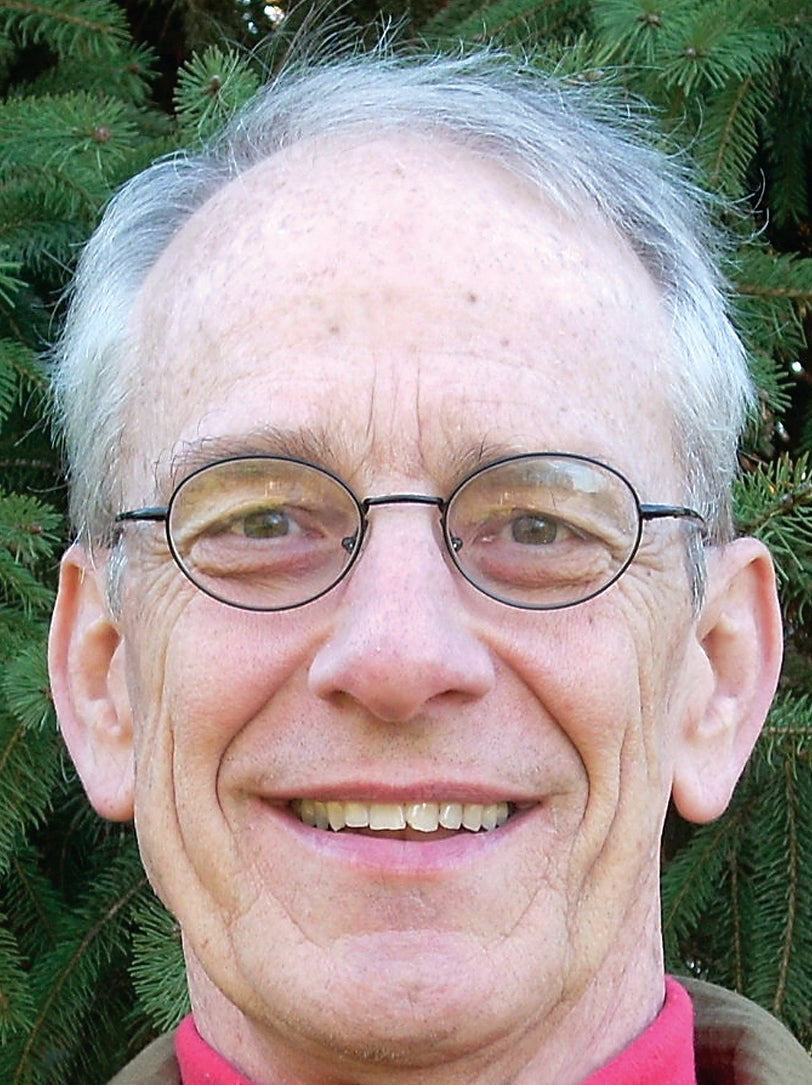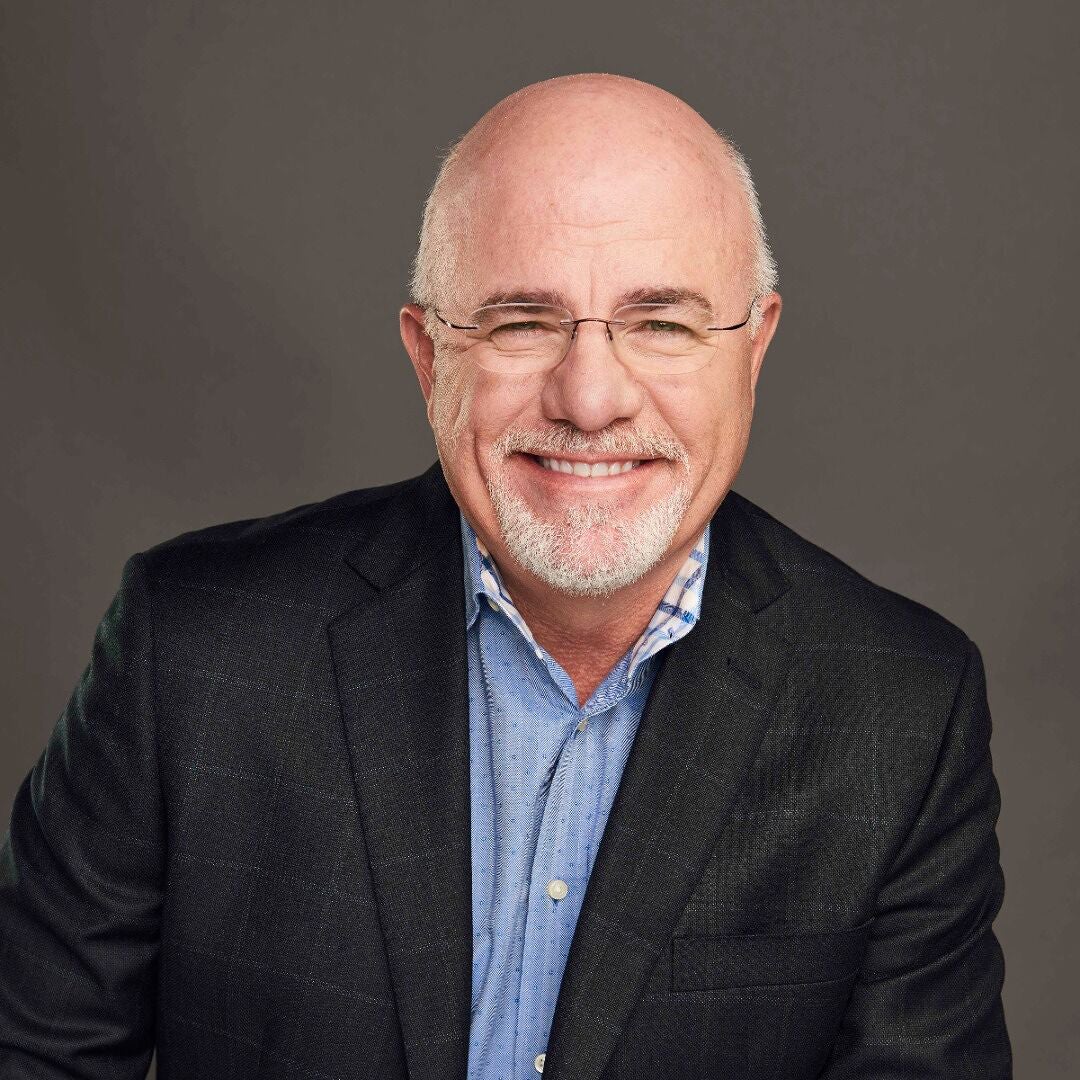‘Jemima Boone’ visits museum, Shearer school
Published 10:41 am Saturday, September 30, 2017
“Daddy once said, ‘Kentucky was bought with a vast expense of blood and treasure,’ and I reckon we Boones paid more than our fair share.”
“Daddy” was the famous pioneer Daniel Boone, and the speaker was his daughter Jemima, who was portrayed by Betsy Smith during the Second Thursday program at the Bluegrass Heritage Museum Sept. 14.
The Chautauqua program is offered through the Kentucky Humanities Council.
Earlier in the day, Smith also presented her Jemima Boone program to the fourth graders at Shearer Elementary School.
“Jemima” shared many stories about her father’s experiences as well as her own on the Kentucky frontier. It was a time of great hardship as well as determination as settlers worked to open up the western lands. Survival was by no means guaranteed.
The primary danger was, of course, from the Native Americans who fought to preserve their hunting grounds. Later, they were joined by British forces during the Revolution.
The settlers’ corn crops were burned repeatedly, and they faced near-starvation conditions for several winters. There were frequent clashes, with losses and brutalities on both sides.
The Boone family suffered several grievous losses.
In 1773 Daniel was leading a large group of family members and friends from North Carolina to Kentucky, including a young Jemima. Their progress was so slow the group had to stop while 16-year-old James Boone went back with several others to a station to resupply.
On their way back, the small group was attacked by Indians; two were killed outright, a few escaped and James and another young man were shot through the hips.
One member of their party was hiding and watching, and he witnessed the subsequent torture of the two boys. James even knew one of the Indians, Big Jim, who had met the Boones in North Carolina, and he cried out for help. But in the end, he and his friend were hatcheted to death.
When word of the attack reached the main group, Daniel and others went back to bury the young men in precious linen sheets quietly offered by James’ mother, Rebecca.
Jemima and the rest of the party returned to a station on the Clinch River. She would not see Kentucky until two years later.
By the fall of 1775, Daniel and a work party had blazed the Wilderness Trail up to the Kentucky River. He stayed to see the start of the building of Fort Boonesborough, and then went home to get his family.
They returned in the fall and Daniel told Jemima and her mother they were the first white women to see the Kentucky River.
But they also found the fort was really not prepared. There were only a few cabins and blockhouses constructed and a little corn patch. The settlers struggled through the first of several difficult winters.
The following summer, Jemima was involved in one of the most famous “adventures” in Fort Boonesborough history.
On July 14, a hot Sunday afternoon, Jemima along with Betsy and Fanny Calloway decided to sit in a canoe so Jemima could dangle a hurt foot in the soothing water.
They intended to stay close to the fort, but weren’t paying attention. Before they knew it, they had drifted near the far side of the river, and several Indians jumped out from the bank and captured them.
They were off on a forced march up toward Ohio. The girls took every opportunity to slow their process down and secretly left signs such as bent twigs, scraps of clothing and heel marks.
Jemima felt sure her father would lead a rescue party. Finally, on the third day, the Indians seemed to relax, figuring they were safe. Jemima and the other girls feared they were right and they moved off a bit to console one another.
But then Jemima heard a sound.
“I looked up to see Daddy crawling on his belly toward us.” Other rescuers were on a ridge above them. One man accidentally shot before Daniel’s signal, and suddenly there was fire on all sides. In only a few minutes the girls wept safely in the arms of the Boonesborough men, and the Indians who were still alive melted away into the woods.
The following year, Jemima married Flanders Calloway. The next winter, Daniel and many of the other fort men were captured on a salt-making expedition at Blue Lick.
As the months wore on, Rebecca figured he was dead and took their family back to North Carolina — all except Jemima. She and her husband remained at the fort, and she was there to greet her father when he finally returned after making his escape to warn the settlers of another impending attack.
The siege began Sept. 7 when Chief Blackfish arrived with his overwhelming force. Blackfish had adopted Daniel during his captivity, and several days of negotiations took place.
At one point, the chief demanded to see Jemima’s hair, and she described standing at the fort entrance and taking the combs out of her hair, letting it fall to her waist, humoring him at her father’s urging.
Negotiations failed, though, and battle was on. At one point, Jemima was hurrying into a cabin when she felt a stinging slap; looking around, she saw no one. But when she flipped her skirt, a bullet fell out. She had been shot from across the river, but from such a distance, the bullet was spent and did no harm.
Things looked dire. Indians were tunneling from the riverbank and they were throwing torches over the fort walls. There was no water to put out the fires.
Then suddenly the skies opened up and rain poured down, dousing the flames. Sometime during the night the tunnel caved in and the next day, the Indians were gone.
There were still tragedies to come for the Boone family, however.
One time, Daniel and his brother Ned were out hunting. Daniel left Ned at their camp and went scouting. He heard a ruckus and returned to see Indians howling in triumph that they had killed Boone! Daniel and Ned looked so much alike they mistook his brother for him.
Finally, in what was one of the final battles of the Revolution, the Kentuckians were lured into an ambush at Blue Licks and were being decimated.
Daniel captured a loose horse and put his son Israel on it, telling him to head for home. While looking for another horse, Daniel heard a thud. Israel had taken a bullet and lay dying on the ground.
“He wasn’t about to leave Daddy,” Jemima said.
In the ensuing years, Daniel and his family would settle in various places in Kentucky, but bad business deals and diminishing hunting opportunities led them to move west to Missouri in 1799.
Jemima and Flanders Calloway went with her parents. They were starting all over once again.
Betsy Smith has been portraying Jemima and other characters in the Chautauqua program for several years.
She has a degree in history and drama, but her husband and older son actually participated in the program before she did.
“I decided, why should they have all the fun?” she said.
Their younger son is also involved and appeared at the museum several years ago as Pvt. William Greathouse during the bicentennial of the War of 1812.
Smith said her favorite part of this experience is when she gets to perform for school children.
She loves to share history with them and appreciates their questions.
She cited one thoughtful Shearer student who asked, “Weren’t any of the Indians nice?”
“Jemima” was able to explain that yes, some were.
For example, they actually treated the kidnapped girls well. One of them, Hanging Maw, later became friends with white people and wanted peace among the peoples.
Daniel himself respected the Indians’ culture and they, in turn, respected him. There was good and bad on both sides of the conflict.
And, of course, when asked about what clothing the men wore, she was sure to tell the kids Daniel never wore a coonskin cap, regardless of how he is often portrayed that wa.
After the evening program at the museum, Smith met and talked with a number of audience members. Perhaps the most memorable to her was Mary Dean Calloway Buckner, a descendant of the Fort Boonesborough Calloways, kin to Jemima’s husband Flanders.
Rosemary Campbell is a volunteer and board member at the Bluegrass Heritage Museum. She is currently director of historic publications.






